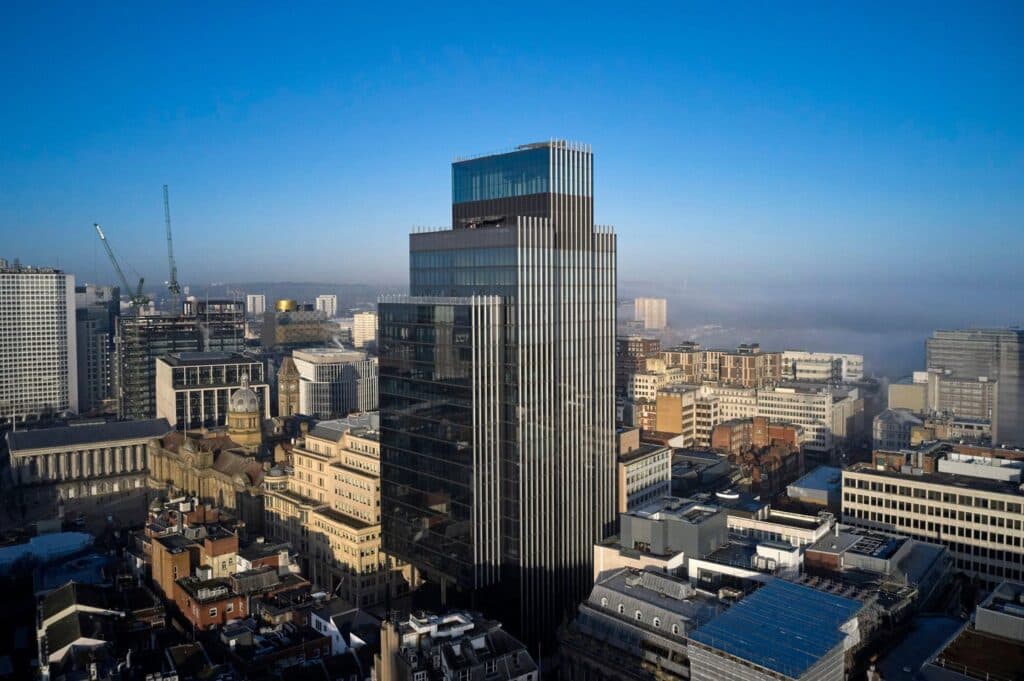In the world of property construction, comprehending the subtleties of a light entitlement is essential for both developers and surrounding property owners. A right to light refers to the legal entitlement of a property owner to receive daylight through their openings. This idea can greatly impact zoning approvals and the feasibility of new construction. As cityscapes continue to grow denser, the consequences of light access concerns have become increasingly significant, making light entitlement assessments vital for anyone participating in property strategies.
Commissioning a light entitlement survey can help define the rightful claims surrounding light access and provide valuable information into potential issues with neighbors. These evaluations examine how proposed developments may influence existing sunlight access for surrounding properties and can ultimately play a crucial role in realizing a positive development outcome. Whether https://holbrook-polat.thoughtlanes.net/five-rationale-to-invest-in-a-survey-on-light-rights are a developer looking to avoid legal issues or a homeowner wanting to ensure your access to sunlight, comprehending the intricacies of light rights is essential in the modern changing city environment.
Grasping Right to Light
Right to light is a juridical principle that protects a property owner's enjoyment of daylight. This right is commonly acquired through unbroken use of light for a particular duration, generally 20 years. When a property has received this sunlight continually, the owner may have the legal standing to contest new construction that could interfere with this light. Understanding this concept is essential for homeowners and contractors alike, as it affects determinations regarding renovations and new builds.
The importance of right to light cannot be exaggerated, notably in high-density environments. Property developments can significantly impact neighbors' ability to enjoy sunlight, causing disputes that can disrupt or modify construction plans. Being aware of the nuances of these rights enables stakeholders to handle potential conflicts and enhances the chances for successful project outcomes. Therefore, knowledge of right to light implications is essential for any property development initiative.

Moreover, the implications of right to light extend outside of immediate concerns about natural lighting; they can also influence property values and the overall quality of life of a neighborhood. A loss of light can reduce the appeal of a property, leading to a drop in value and owner satisfaction. Consequently, addressing https://notes.io/wGKnG to light concerns proactively during the planning stages can prevent significant trouble and cost for developers, ultimately fostering better connections with the community.
Impacts on Growth and Planning
The Light Rights can significantly influence building and design choices, acting as a key factor for developers and property owners alike. When a fresh development is suggested, the current rights of adjacent properties to obtain adequate natural light must be assessed. Failure to consider these rights can lead to objections from affected neighbors, hold-ups in planning permissions, and possible legal disputes, which ultimately affect project schedules and costs.
Authorities bodies often mandate developers to evaluate potential Right to Light implications during the design process. This assessment helps identify any issues early on, allowing for changes to designs that can ease concerns about light infringement. Incorporating Right to Light factors can create a more positive environment for both developers and local communities, encouraging harmonious development that honors the rights of existing property owners.
Moreover, understanding the interplay between Right to Light and design permissions can assist developers make informed choices about their developments. By tackling Right to Light issues proactively, developers can enhance the likelihood of securing planning approval while minimizing the risk of legal conflicts down the line. This strategic foresight not only fosters better relationships with neighbors but also ensures that developments contribute positively to the urban landscape, improving both functionality and visual appeal.
Survey Process and Legal Implications
The procedure of conducting a Light Rights survey starts with a comprehensive evaluation of the current light conditions at the site in question. Surveyors use various tools and techniques, such as 3D modeling, to evaluate how adjacent developments might affect natural light availability. This initial step is critical for grasping the potential implications of any construction work on neighboring properties and guaranteeing compliance with legal guidelines surrounding light rights.
As lawful considerations hold a significant role in the survey process, it is essential for developers to understand their responsibilities under the law. Knowledge of the legal rights awarded to property owners regarding light utilization is vital to avoid conflicts that can emerge during planning and construction stages. Right to Light infringements can result to serious legal repercussions, including injunctions or possibly stopping development altogether if not correctly addressed.
Engaging a Right to Light expert can guide developers through both the assessment and lawful processes. Their knowledge guarantees that assessments are precise and comprehensive, thus helping to avoid potential legal conflicts with neighbors. In the event of complaints, having a well-documented Light Rights survey can provide advantage for negotiation and settlement, which is frequently essential for the effective progression of development projects.
